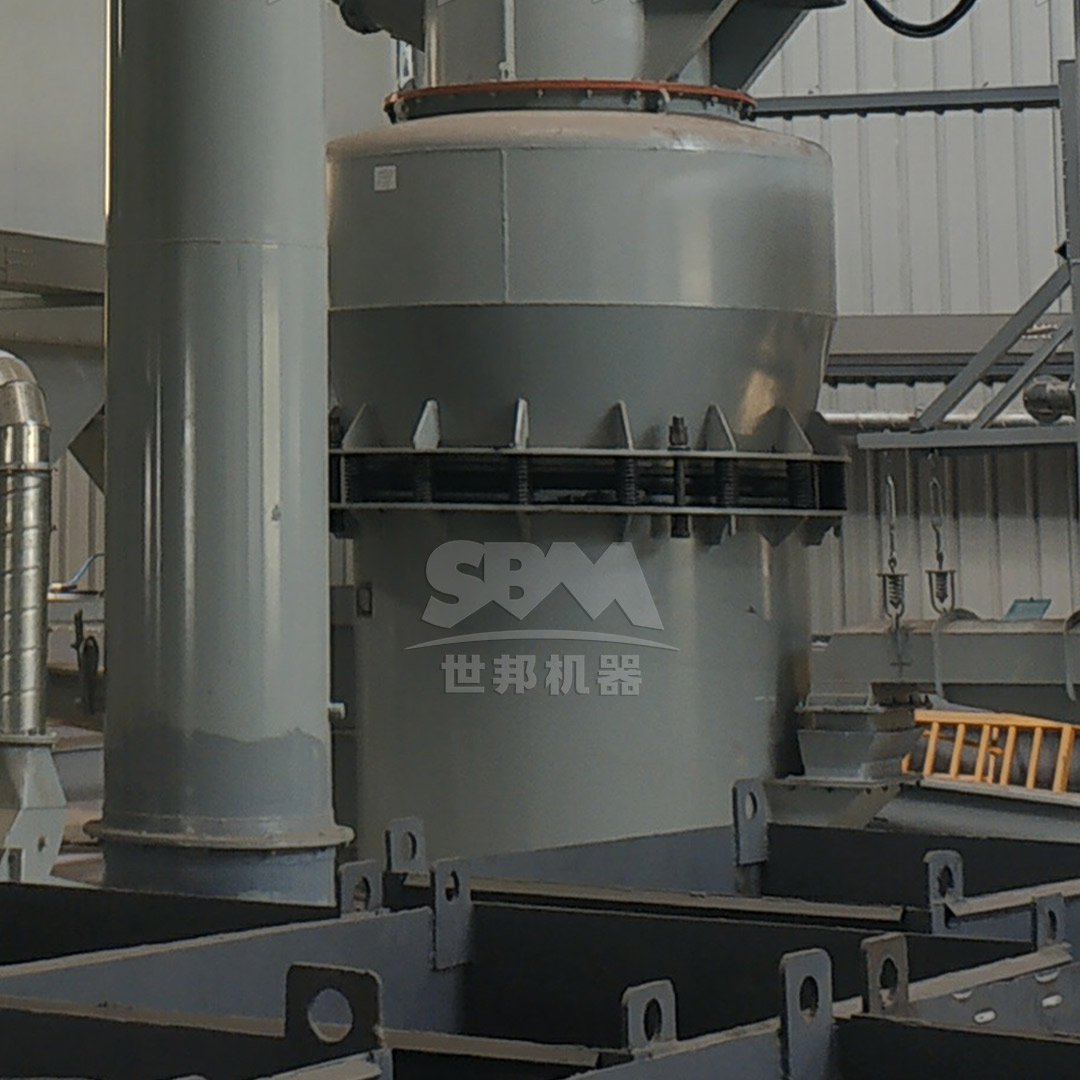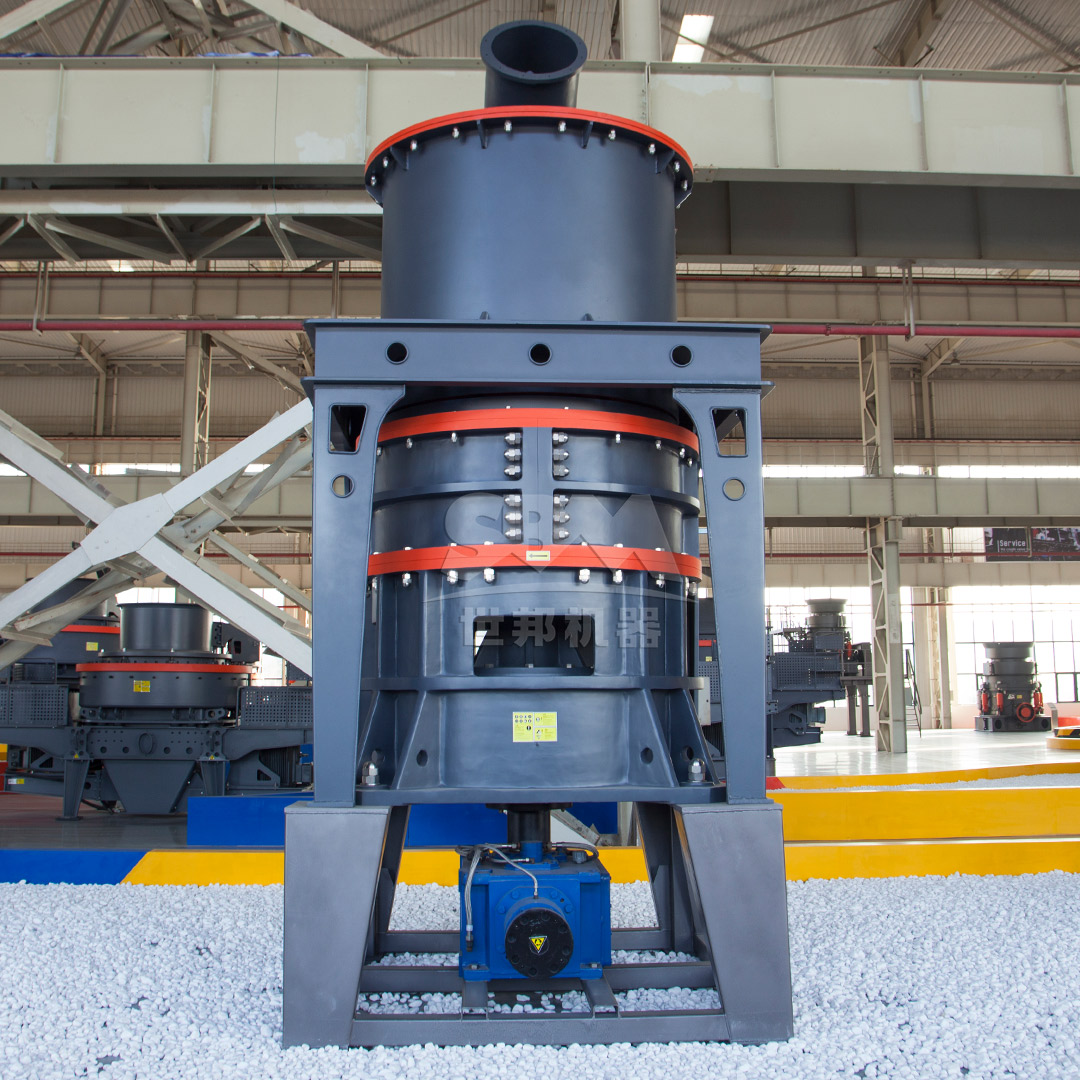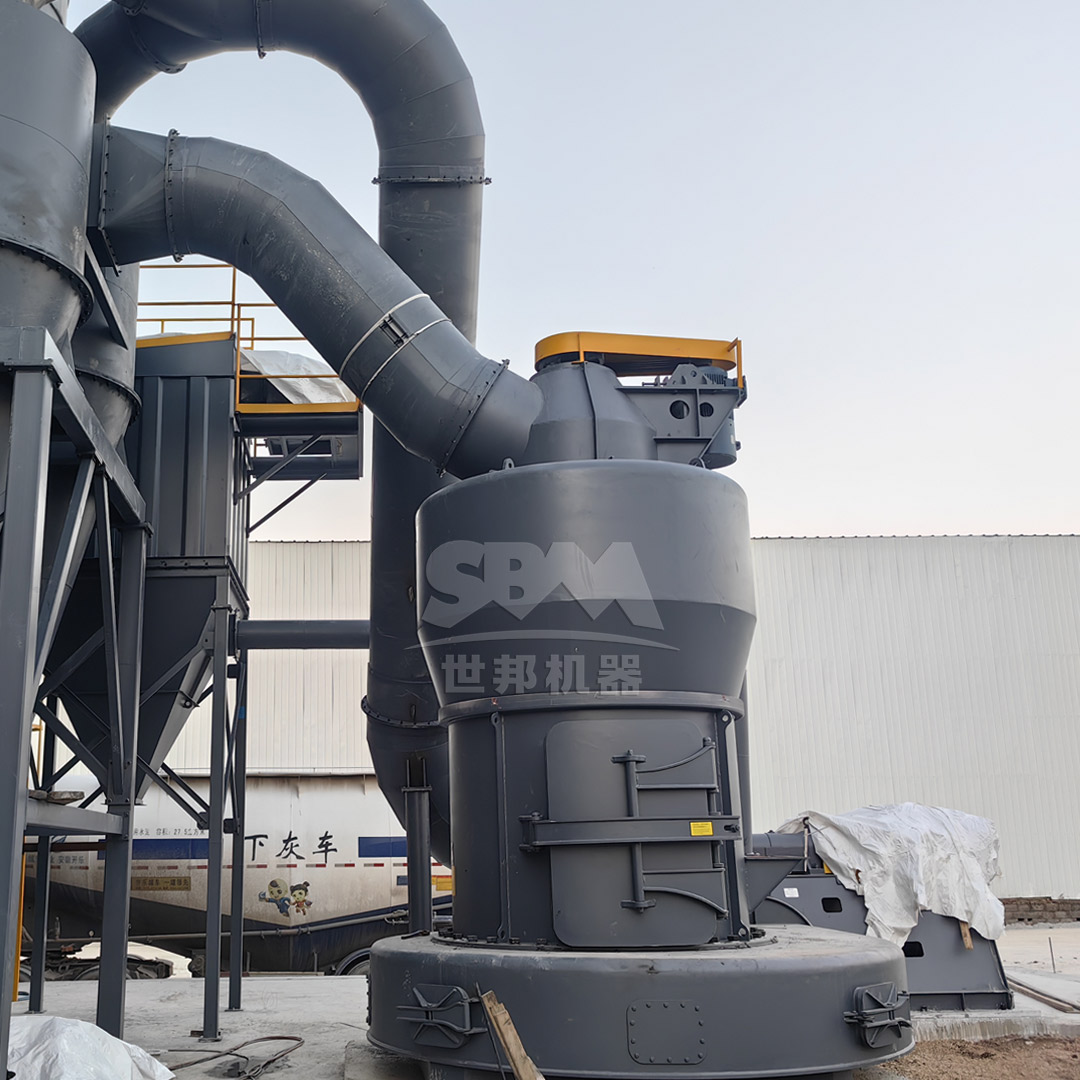Carbon black, a fundamental material in modern industry, plays a critical role in enhancing the properties of advanced composites and high-performance coatings. The particle size distribution of carbon black directly influences key characteristics such as electrical conductivity, UV resistance, mechanical strength, and dispersion stability. Achieving optimal particle size requires sophisticated grinding technology capable of producing consistent, ultra-fine powders while maintaining operational efficiency and environmental compliance.
This article explores the technological advancements in carbon black grinding systems, focusing on how modern milling equipment can be optimized to meet the demanding requirements of contemporary industrial applications. We will examine the relationship between particle size control and end-product performance, along with the economic and environmental considerations in selecting appropriate grinding solutions.

The performance requirements for carbon black vary significantly across different applications, necessitating precise control over particle size distribution:
In conductive polymer composites, carbon black particles must form continuous conductive pathways while maintaining minimal impact on mechanical properties. Optimal particle sizes typically range from 20-100 nanometers, with narrow distribution curves to ensure consistent percolation thresholds. The specific surface area (BET) should exceed 1000 m²/g for optimal electrical conductivity.
For coatings requiring UV protection and weathering resistance, carbon black particles between 100-500 nanometers provide optimal light absorption while maintaining dispersion stability. The particle size distribution directly affects coating viscosity, application characteristics, and final appearance.
In rubber and elastomer reinforcement, carbon black with primary particles of 10-80 nanometers provides the best balance between reinforcement and processability. The structure and aggregate size significantly influence hysteresis, abrasion resistance, and tensile strength.
| Application | Optimal Particle Size Range | Key Performance Metrics | Recommended Grinding Technology |
|---|---|---|---|
| Conductive Composites | 20-100 nm | Electrical conductivity, percolation threshold | Ultrafine grinding with precision classification |
| UV Protective Coatings | 100-500 nm | Dispersion stability, light absorption | Medium-fine grinding with narrow distribution |
| Reinforced Elastomers | 10-80 nm | Reinforcement factor, abrasion resistance | Controlled aggregate size grinding |
| Printing Inks | 50-200 nm | Color intensity, rheological properties | Fine grinding with surface treatment |
Modern carbon black processing requires grinding systems that can deliver precise particle size control while maintaining economic viability. Several grinding technologies have emerged as industry standards, each with specific advantages for different application requirements.
For applications requiring the finest particle sizes, ultrafine grinding mills represent the cutting edge of milling technology. These systems must overcome the challenges of particle agglomeration, heat generation, and classification efficiency to produce consistent sub-micron powders.
Our SCM Ultrafine Mill series represents a significant advancement in carbon black processing technology. With output fineness ranging from 325 to 2500 mesh (D97 ≤ 5μm), this system delivers exceptional particle size control for the most demanding applications. The vertical turbine classifier ensures precise particle size切割, eliminating coarse particle contamination while maintaining high throughput rates of 0.5-25 tons per hour.
The SCM series incorporates several innovative features specifically beneficial for carbon black processing:

For applications not requiring ultra-fine particles but demanding high throughput and consistent quality, medium-fine grinding systems offer an optimal balance between performance and operational cost.
The MTW Series Trapezium Mill provides an excellent solution for carbon black processing in the 30-325 mesh range (down to 0.038mm). With processing capacities from 3-45 tons per hour, this system combines high efficiency with robust construction for continuous operation in demanding industrial environments.
Key advantages of the MTW series for carbon black applications include:
Successful implementation of carbon black grinding systems requires careful consideration of multiple technical factors beyond basic particle size requirements.
Carbon black is particularly sensitive to temperature increases during grinding, which can lead to oxidation, structural changes, and altered surface properties. Effective heat management systems are essential for maintaining product quality, particularly in ultrafine grinding applications where specific energy input is high.
The efficiency of particle classification directly impacts product quality and system economics. Modern grinding systems incorporate advanced classification technologies that can separate particles with cut points as fine as 2-3 microns while maintaining high throughput rates.
Maintaining product purity is critical in carbon black applications, particularly for electronics and high-value composites. Grinding systems must be designed to minimize metal contamination through appropriate material selection and mechanical design.
| Technical Parameter | SCM Ultrafine Mill | MTW Trapezium Mill | Ball Mill | Hammer Mill |
|---|---|---|---|---|
| Output Fineness | 325-2500 mesh | 30-325 mesh | 0.074-0.8mm | 0-3mm |
| Capacity Range | 0.5-25 t/h | 3-45 t/h | 0.65-450 t/h | 8-70 t/h |
| Specific Energy Consumption | Low | Medium | High | Low |
| Particle Distribution Control | Excellent | Good | Fair | Poor |
| Heat Generation | Controlled | Moderate | High | Low |
The selection of carbon black grinding technology must balance technical requirements with economic viability and environmental compliance. Modern grinding systems have made significant advances in both areas.
The total cost of ownership for carbon black grinding systems includes capital investment, energy consumption, maintenance costs, and consumable replacement. Advanced systems like the SCM Ultrafine Mill and MTW Trapezium Mill offer significantly improved operational economics through:
Modern carbon black grinding facilities must meet increasingly stringent environmental regulations regarding dust emissions, noise pollution, and energy efficiency. Advanced grinding systems address these requirements through:

The evolution of carbon black grinding technology continues to address the emerging needs of advanced materials and sustainable manufacturing. Several key trends are shaping the development of next-generation grinding systems:
Integration of IoT sensors, machine learning algorithms, and digital twin technology enables predictive maintenance, real-time quality optimization, and autonomous operation. These technologies significantly improve operational efficiency while reducing human intervention.
Future grinding systems will place increased emphasis on circular economy principles, including energy recovery, water conservation, and minimal waste generation. Advanced classification systems will enable more efficient use of raw materials while reducing environmental impact.
The integration of grinding with surface modification, classification, and packaging in single systems reduces processing steps, minimizes contamination risks, and improves overall process economics.
The optimization of carbon black particle size through advanced grinding technology is essential for meeting the performance requirements of modern composites and coatings. The selection of appropriate grinding systems must consider technical requirements, economic factors, and environmental compliance in an integrated approach.
Modern grinding systems like the SCM Ultrafine Mill and MTW Trapezium Mill represent significant advancements in carbon black processing technology, offering precise particle size control, improved energy efficiency, and reduced environmental impact. As material requirements continue to evolve, grinding technology will play an increasingly critical role in enabling new applications and improving sustainability across multiple industries.
Through continued innovation in grinding technology, classification systems, and process control, the carbon black industry can meet the dual challenges of performance enhancement and sustainable manufacturing, supporting the development of advanced materials for future applications.